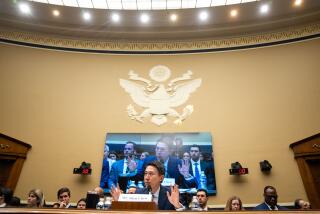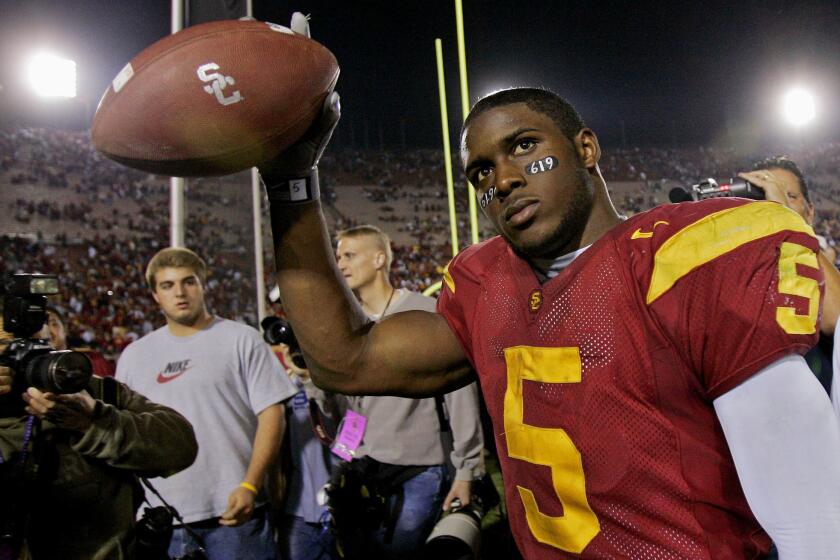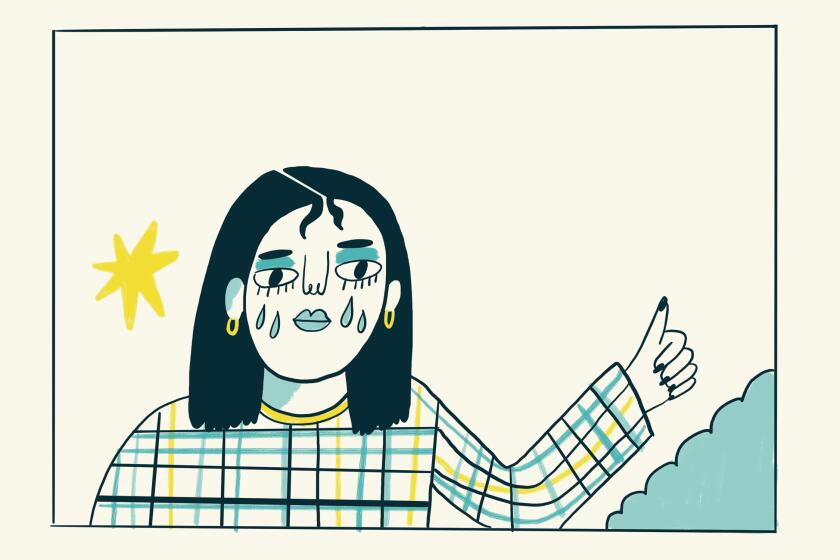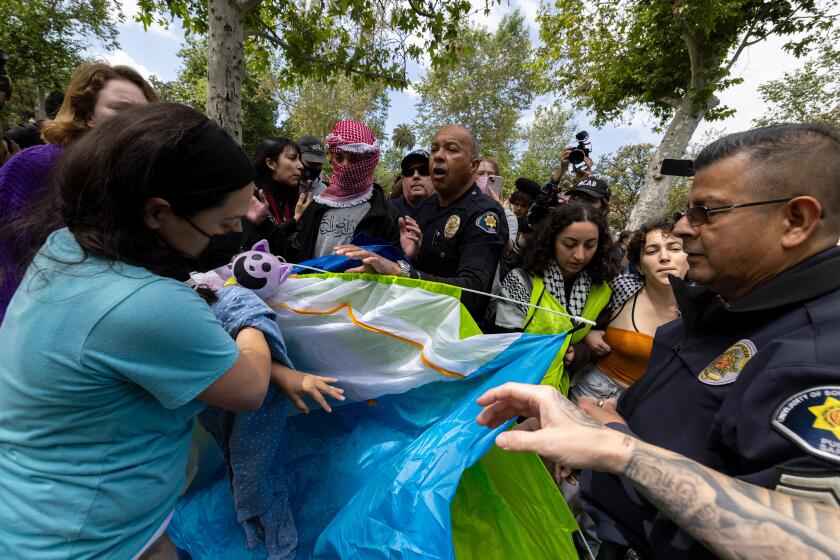Opinion: Snapchat photo leak shows users’ mistake was trusting each other
Not too long ago, I wrote a post defending the celebrities whose nude selfies had been stolen from iCloud, Apple’s online locker service. They were victimized by thieves, after all. And given the security promised by Apple, and given the automatic uploading built into iCloud, it’s not fair to denounce people for having sensitive photos in their online lockers instead of keeping them on their phones.
Assuming, of course, that you wouldn’t denounce them just for taking nude selfies. But that’s another matter.
Anyway, it’s much harder to defend the folks whose nude Snapchat selfies appear poised to follow the nude iCloud pics onto 4chan.org. According to Business Insider, at least 100,000 supposedly evanescent pictures and videos sent via the Snapchat smartphone app have been collected by hackers, who claim to be arranging them into a database that can be sorted and searched by username.
Snapchat, whose security doesn’t rival that of Ft. Knox, insists that its servers weren’t at fault. Instead, the culprit appears to be a website or sites that allow people to save the photos and videos they sent via Snapchat.
As it turns out, there are a number of third-party apps that enable people to defeat the Mission: Impossible-like purpose of Snapchat, which is to destroy a photo a few moments after it’s viewed. Some intercept the Snapchat photos you’ve been sent before they reach the Snapchat app, making permanent copies for you to view or download. And some substitute themselves for the Snapchat app, performing all the functions except the one that Snapchat was built to perform.
What’s worse, some of these third-party apps store files in the cloud, not on the user’s phone. That’s why hackers were able to steal so many photos from so many different accounts.
D’ohhhh!
Snapchat’s terms of service forbid the use of third-party apps, but that’s not much of a deterrent to people intent on violating Snapchat’s raison d’etre. A better approach for Snapchat would have been to make aggressive efforts to stop third-party programs from accessing the network; for example, by regularly updating its software to change how Snapchat apps connect to one another. Although users would be inconvenienced, their data would be more secure.
The fundamental problem with Snapchat, though, is the blind trust it asks its users to place in one another. When I send a photo with the Snapchat app, I’m counting on the recipient to use the Snapchat app as well. That’s the only assurance I have that the image will, in fact, be temporary. But I have no way of knowing whether the recipient is using a different app to save a copy of the image and, if so, whether it’s being saved in a safe place.
Given that shortcoming, there’s no reason anyone should entrust Snapchat with nudes or other personally sensitive material. There’s no reasonable expectation of privacy here, just a quixotic one.
This sort of consequence-pondering may be too much to expect of Snapchat’s user base, much of which is made up of teenagers. But now that countless saved Snapchat images have been leaked, perhaps the app’s youthful devotees will put it to less revealing use.
Follow Healey’s intermittent Twitter feed: @jcahealey
More to Read
A cure for the common opinion
Get thought-provoking perspectives with our weekly newsletter.
You may occasionally receive promotional content from the Los Angeles Times.







